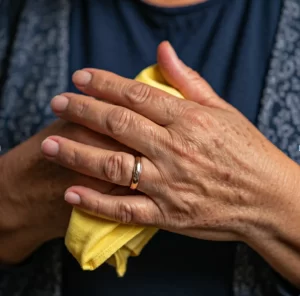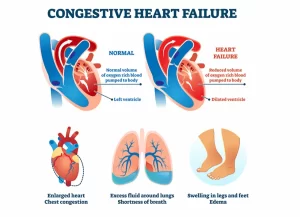Donating Blood is Donating Life
By Gabriela Calvi – Epidemiologist Salubrista Podcaster “Good Morning Health”
January is National Blood Donor Month, the perfect time to decide to be a regular blood donor and help save lives is NOW!
In the United States of America, someone needs blood every second. This means that more than 45 million Americans would die each year without blood transfusions. As a result, the American Red Cross emphasizes that approximately 38% of the U.S. population can donate blood, but only 10% do so. For this reason, the best gift of life we can offer others is to donate blood.
Donors of all types of blood they donate now are urged to help the Red Cross maintain the blood supply. Human blood is vital to the functioning of the human body. Let’s learn to be blood donors by encouraging regular, voluntary, supportive and anonymous practice. However, for some people still having the desire to donate blood they are not eligible for several reasons. However, we can all contribute a grain of sand for this great cause. There are different ways to help blood banks, the most common being through campaigns, and volunteering at blood banks.
It should be noted, the demand for blood is now more needy than ever. Because of the pandemic, blood donation was reduced to 80%, Red Cross guidelines warn that the situation is critical. Medical conditions and emergencies are not stopped by a pandemic, seasonal illnesses or winter weather. Currently, the Red Cross is testing blood donations for COVID-19 antibodies as part of this effort, plasma from standard blood donations that test positive for COVID-19 antibodies can now help current coronavirus patients who need convalescent plasma transfusions. The reality is that there aren’t enough people who donate blood to help patients who need it.
On the other hand, the American Red Cross refers that during the winter it is “one of the most difficult times of the year to collect enough blood products to meet the needs of patients.” That’s due, among other things, to vacation schedules, to bad weather that often results in canceled blood units. In addition, seasonal diseases, such as influenza, force potential donors to give up their blood donations.
That is just one of the reasons why National Blood Donor Month, which has taken place every January since 1970, is such an important way to commemorate such an important event. Donating blood saves many lives and improves the health of many people. Blood is the most precious gift anyone can give to another person: the gift of life. Because, with every heartbeat, blood carries oxygen from the lungs to the whole body. This life support process occurs automatically, whether you are awake or asleep. Donated blood is used for multiple purposes. Transplants, operations, cancer treatments or accidents are performed. The decision to donate blood can save 3 lives!
The four (4) most common types of blood donations are:
Blood donation (or full blood), Platelet donation, Plasma Donation and Double Red Blood Cells.
Some people donate stem cells through apheresis to family members or others who need blood and bone marrow transplants. This type of donation is called targeted donations. As a last donation, we have the anthologist donations. It’s when a person gets their own blood a few weeks before surgery if necessary.
Negative type O is the universal blood type and what emergency personnel look for in trauma situations when there is no time to determine a patient’s blood type.
Positive O-type is the most transfused blood type and can be transfused into Rh-positive patients of any blood type.
Negative types A and negative B can be transfused into rh-positive or negative patients.
Most blood banks require good health, and at least 16 years weighing at least 110 pounds to donate blood. There is no upper weight limit. You can’t donate blood if you’re pregnant or have certain conditions, such as HIV or sickle cell disease, you can donate platelets, but you shouldn’t donate entire blood, as it will interfere with subsequent steps involved in managing donated blood. You won’t be able to donate blood temporarily, if you have anemia, you’re taking antibiotics, and if you have a cold or flu.
The time it takes to donate blood from start to finish varies depending on the type of blood donation; for example, a plasma donation takes 1 hour. Join me by tuning in to the “Good Morning Health” podcast on your favorite podcast platform, Apple podcast, google podcast, anchor, Radio Public and Spotify. In the podcast you can find a broader and more detailed explanation about blood donations as well as other topics about health.
Let’s get to work and Happy Blood Donor Day!


